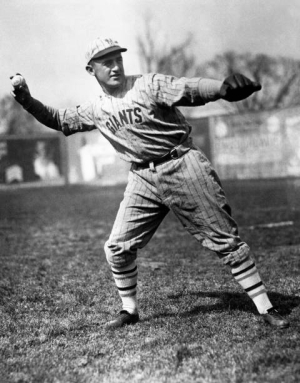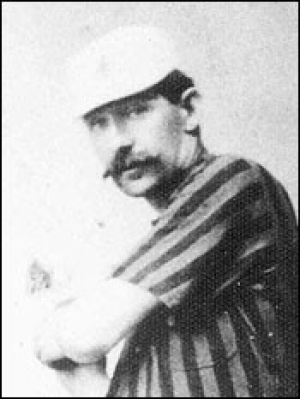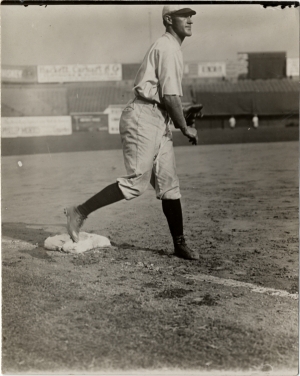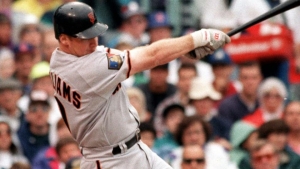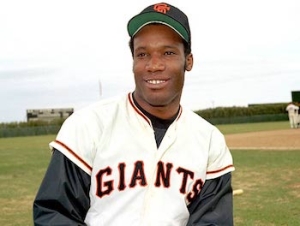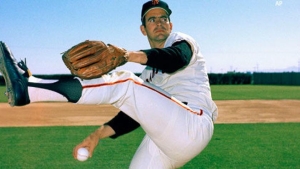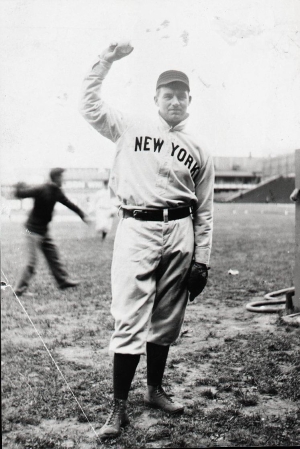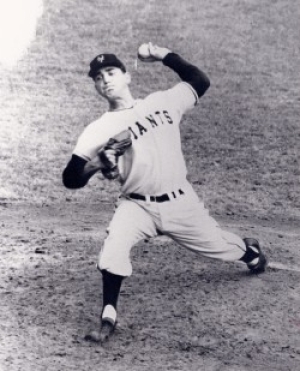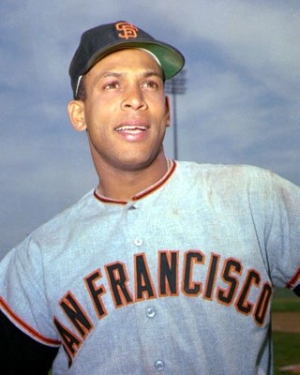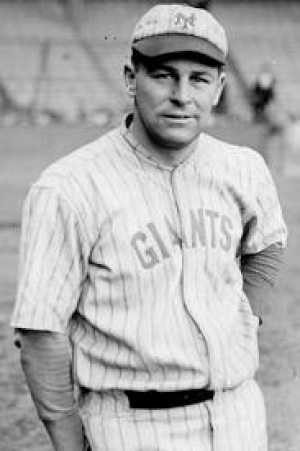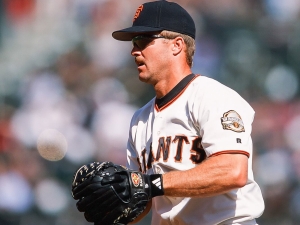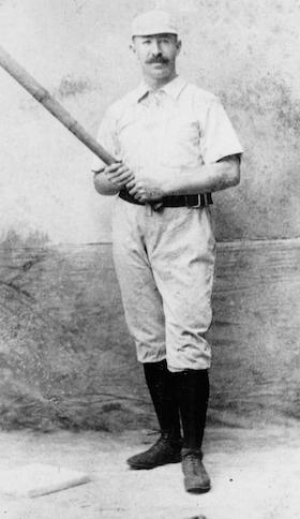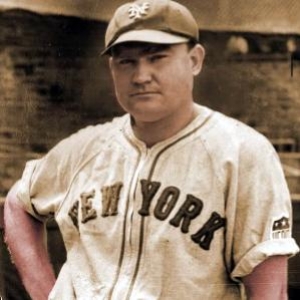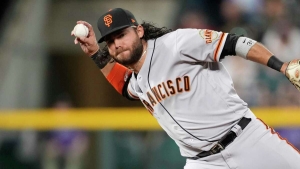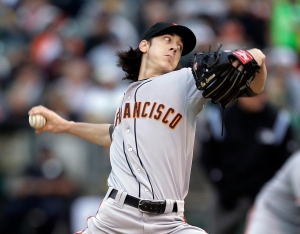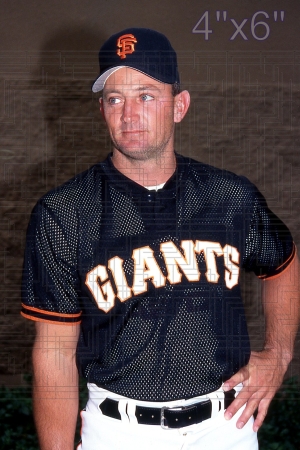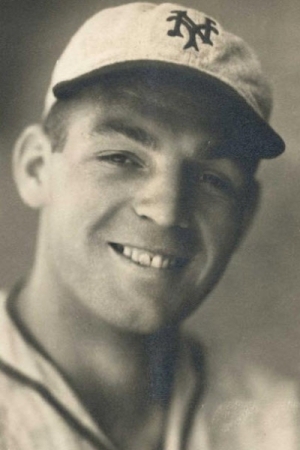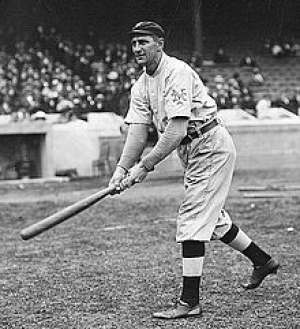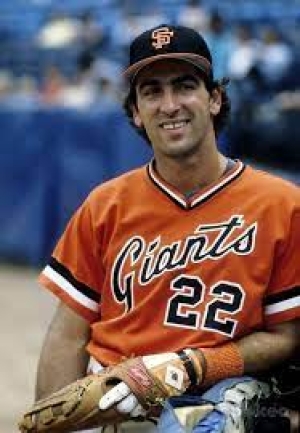Top 50 San Francisco Giants
You have to go far back to look at the origin of the San Francisco Giants.
The franchise began in 1883 as the New York Gothams, changing their name to the Giants shortly after. In the pre-modern World Series era, New York won the 1888 and 1889 Pennants, and in 1905, they captured their first World Series. The Giants won the World Series again in 1921, 1922, 1933, and 1954, but like the Brooklyn Dodgers, the Giants were not going to be the top dog in NYC, and they moved to San Francisco in 1956.
Even though they had Willie Mays in tow, it would take long after he left until the turn of the century for the Giants to win another title. San Francisco won the 2010, 2012 & 2014 World Series, giving them eight in total.
This list is up to the end of the 2024 regular season.
Note: Baseball lists are based on an amalgamation of tenure, traditional statistics, advanced statistics, playoff statistics, and post-season accolades.


